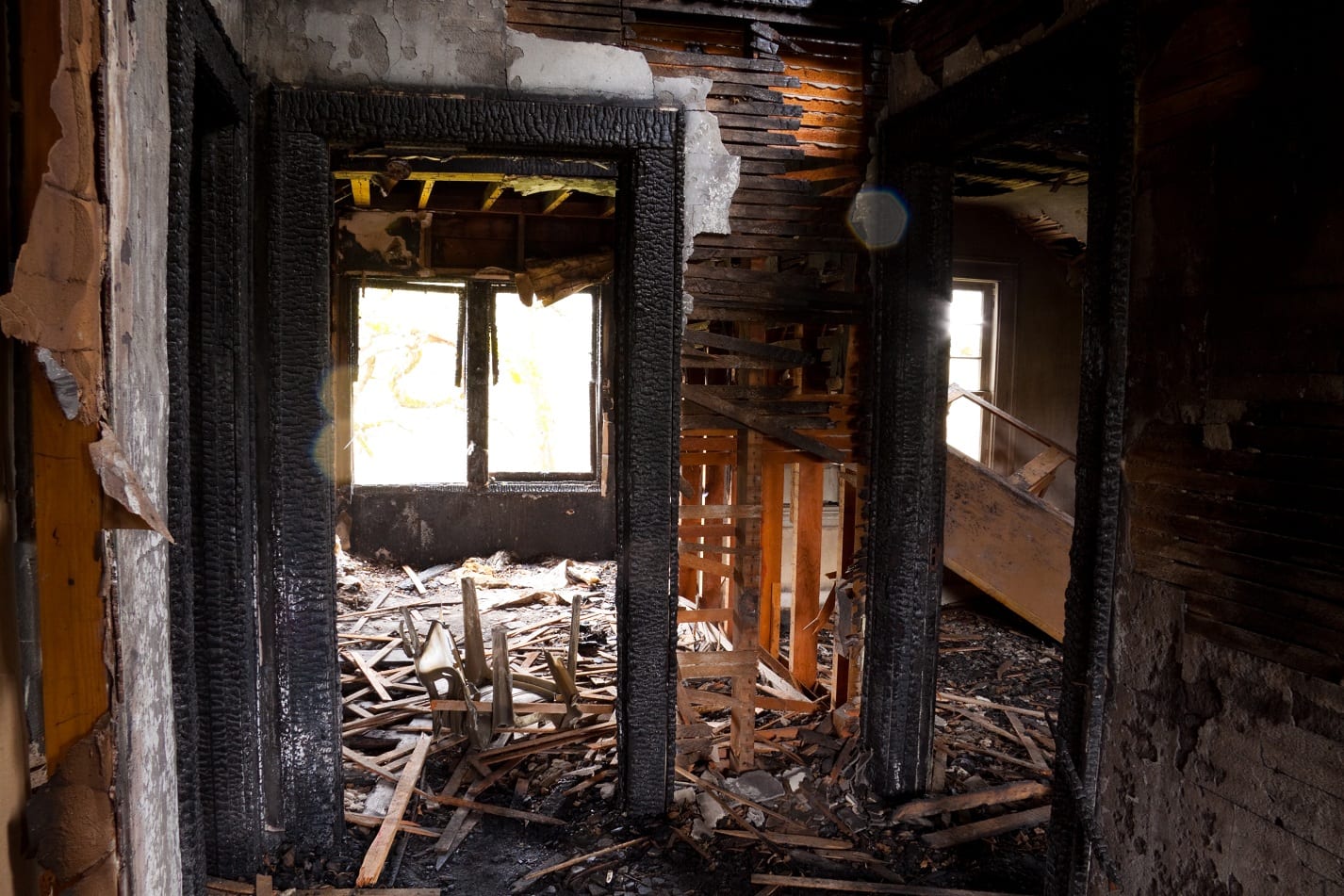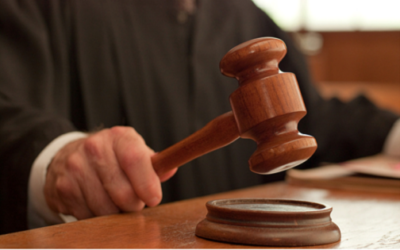Construction is a risky business, more so than most, yet many builders don’t spend enough time really understanding their risk environment and putting in place strategies to manage, avoid or transfer that risk.
Four Areas of Risk
- Property
- Liability
- Financial
- Personal/Family
In our third article in the series, we focus on your liability. This is a much harder issue for most people to get their head around. Many builders worry about “liability” more than they worry about crashing their car or having a fire or a break in, and yet they are less likely to have adequate insurance for their liability than for these other things. And in many cases, the actual cost of a liability claim can be even greater!
Before reading on, remember that much of this responsibility applies to anyone in business, not just building professionals. A dairy owner, motel operator or a taxi driver must also consider these issues.
Injury to People
When caused by an accident, this is generally covered by ACC, and you pay for this through your ACC levy. Illness or injury not caused by a specific event may not be covered by ACC. There are a number of things you can be held liable for:
- As an employer, your staff may hold you responsible for their injury or illness
- If a member of the public is injured or becomes ill, you may be responsible for this
- As a person responsible for site safety,y you may be held responsible by Worksafe NZ
There are many experts in the site health & safety field who can advise builders how best to manage this risk. Worksafe NZ also produces a guide for employers on managing health & safety: www.business.govt.nz/worksafe/information-guidance/all-guidance-items/managing-health-and-safety-a-guide-for-employers/employers-guide-managing-hs.pdf
While you can’t insure for health & safety fines, you can cover the cost of a prosecution and any reparations awarded to the injured party. You can also insure for an employee’s ongoing costs if you’re found responsible for their illness or injury and it’s not covered by ACC.
Damage to Property
You will have a detailed site health & safety plan to protect people from injury (and yourself from liability). But do you conduct the same assessment and brief staff and subbies when it comes to the risk of property damage? Ask yourself:
- What activity could result in damage to neighbouring property (eg, high winds, heavy vehicles, subsidence)
- If you’re doing an alteration or renovation, what activity could cause damage to the existing structure (eg, climbing on roofs, dust contamination, moving materials around)
- Have I identified where underground services are located
- Have I secured the site if poor weather is likely
- Am I following the best practice standard for this particular activity (eg, cleaning glass, doing hot work)
- Am I comfortable with the quality of the workmanship practices of my workers and subcontractors
Remember, with public liability insurance, you’re not insuring simply to fix damage if it occurs; you’re insuring your liability for the damage. For it to be a claim, your liability must first be established. But just as with a car accident, you should never admit liability either; if you want your insurer to pay, you need to let them decide that for you.
Causing a Financial Loss
This is the fastest-growing area of liability in the construction sector, driven partly by new legislation and partly by greater awareness and an increasing willingness among the public to use the legal process when a problem arises.
You can be held liable if you make a mistake that causes someone an economic loss. The same applies to designers, engineers, surveyors, lawyers, accountants and insurance brokers, indeed anyone providing a professional service. Consider:
- Is the advice I’m giving correct
- Have I double checked the information I’ve been given (eg, site layout, wind zone)
- Is my team following the plans and specifications correctly
- Am I using the right materials as specified in the contract
- Is my management of the project adequate
- Am I getting written authority for any changes to the specification (eg, design changes)
- Am I happy with the quality of workmanship of my team
Remember, you’re responsible for your work for up to 10 years, including being responsible to subsequent owners of the property.
If you, or one of your team, does make a mistake (or even if this is just alleged) you may want to be insured for the cost of defending yourself. The cover is called errors & omissions indemnity (or professional indemnity), as it covers you for acts, errors or omissions that cause someone an economic loss (where there isn’t physical property damage or loss). For more information, visit: www.builtin.co.nz/EandO.
Legal Fines & Penalties
Anyone in business is subject to laws and regulations, including potential fines if you’re found to breach those laws. The Building Act, Health & Safety in Employment Act, Fair Trading Act and Resource Management Act are just a few that relate to construction. Fines under Health & Safety legislation can’t be insured for, but the policy will cover the defence costs of a prosecution and reparations. Ask yourself the question: “am I complying with all the laws & regulations that apply to what I do?” In particular (but not limited to):
- Am I misrepresenting what I do (Fair Trading Act)
- Am I building with consent when it’s needed (Building Act)
- Am I supplying all the paperwork necessary as part of a construction project (Building Act)
- Am I building within my license class (Building Act)
- Am I meeting my resource consent conditions (Resource Management Act)
- Am I taking all practicable steps to ensure the safety of myself and others (Health& Safety in Employment Act)
Directors Obligations
If you have set up a company, you need to be aware of your obligations as a company director under the Companies Act 1993. You can be held personally liable in a number of circumstances, including trading while insolvent. This can also include other non-acting directors, such as wives and partners. Consider:
- Is my company financially solvent, and if no,t am I still taking on new business (eg, new jobs, buying materials)
- Am I meeting my health & safety responsibilities
You can read more about this in our article “Directors of companies can be held personally liable”.
The next article will focus specifically on risks that may affect your business’s financial situation, such as getting paid and dealing with bad debt.



